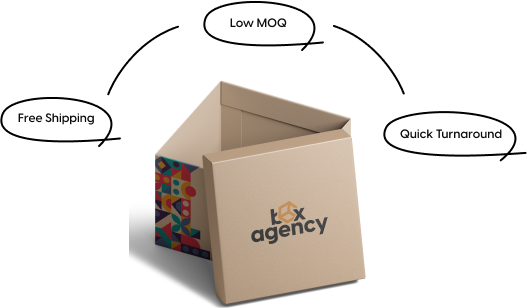What is Flexographic Printing? Process, Pros & Cons, and Uses
Flexographic printing is a modern and flexible form of rotating printing with flexible discharge panels to transfer ink to different substrates. It is widely recognized for its ability to print on different materials which includes plastic and foil. This process includes the main components such as anilox roller which provides an accurate amount of ink and designed discharge sheets.
The rotating nature allows high speed and continuous impression which makes it ideal for large-scale production. Flexographic printing provides excellent adaptability and coherent results which makes it a popular option in industries such as packaging and textiles.
Definition of Flexographic Printing
Flexographic printing is a rotating printing technique using flexible discharge panels made from materials such as rubber or photopolymer. These panels are mounted on the cylinder and convert ink into the substrate with a rolling motion. An important component of this process is the anilox roller which provides uniform ink distribution by carrying an accurate amount of ink in the plate.
The rotating nature of flexographic prints allows them to operate at high speed, which makes them suitable for large-scale industrial applications. One of its notable features is its flexibility, allowing it to print on a range of materials, including plastic films, and even surfaces. This adaptability makes it a favorite option for industries that require durable and dynamic impressions on difficult substrates.
The Flexographic Printing Process

Flexographic printing is a high-speed rotating process using flexible emergency panels to print on different materials which ensures dynamic and beneficial results for large-scale production.
Design Creation
The flexographic printing process starts by creating a digital design that acts as the basis for the entire operation. Using graphic design software designers as well as develop illustrations to make sure that they meet the technical requirements to print. This is very important because it determines the quality of the final output. The appropriate format and resolution adjustments are made here to guarantee that the design is ready to print.
Plate Making
Once the design is completed it is transferred to flexible discharge panels, usually made from rubber or photopolymer. The production process implies that exposure to ultraviolet light and chemical curing to harden the sheet areas will carry ink. These panels are very durable and flexible which allows them to follow the rotating cylinders used in printing. The accuracy of the production of panels ensures the exact regeneration of the design which has a direct impact on the clarity and sharpness of the final printed product.
Mounting Plates
After the plates are prepared they are carefully mounted on the printed cylinders. An appropriate link is essential during this period to avoid errors like printing or blurred printing. The sheets are fixed by using adhesive substances or mounted bands designed for accuracy during the production process. All errors at this stage can cause costly reprints and material wastage which makes it an important step in the process.
Inking
Inking is an important stage in which the anilox roller plays a central role in transferring a specific amount of ink into emergency panels. Anilox roller has small cells that keep and distribute ink, ensuring the scope of uniform insurance. Different rollers with some variable cells are used according to the desired density. This step is essential to achieve vibrant colors and sharp details in the final print. Good maintenance of the ink system prevents problems such as streaks or uneven distribution of ink.
Printing
During the printing phase the ink sheets on the base the design of the material. The rotation mechanism allows continuous printing at high speed which makes it ideal for large production. The panels apply a layer of ink which creates the final image when the substrate moves into the press. This step requires careful supervision to maintain the quality and consistency of printing. The flexibility of the panels allows transparent printing on different materials, from paper to plastic films, ensuring flexibility in applications.
Drying
After drying, the substrate passes to drying units to cure the ink and ensure its sustainability. Techniques such as UV curing or hot air drying are used in ink and materials used. Dried is suitable for preventing stains or transferring ink during the next processing process. This step is essential to create long-term impressions that can withstand environmental factors such as moisture or abrasion. Effective drying also accelerates the production process which allows faster distribution of complete products.
Finishing
The final steps are related to the following impressions such as cutting, flexible or adding sa pecial finish to improve the appearance and function of the product. These final courses prepare printed equipment for use according to its design, whether packaging, labels or advertising items. The accuracy of the end ensures that the product meets the industry standards and customer expectations. Additional features such as embossed or open can be applied to enhance visual attraction. This step completed the conversion of raw materials into products ready to polish and market.
The Pros & Cons of Flexographic Printing
| Feature | Pros | Cons |
| Speed | High-speed printing for large volumes, ideal for mass production. | Not suitable for short-run projects due to setup time and costs. |
| Cost-Effectiveness | Economical for long print runs, reducing per-unit cost. | Initial setup costs can be high, including plate-making and equipment. |
| Material Versatility | Works on a wide range of materials like plastic, paper, foil, and non-porous. | Limited options for some specialized or eco-friendly materials. |
| Durability | Produces durable prints suitable for packaging and outdoor use. | Difficulty in reproducing fine details and gradients. |
| Eco-Friendly Options | Compatible with water-based inks, promoting environmental sustainability. | Color consistency can be challenging across long print runs. |
| Ease of Use | Relatively simple process once set up, requiring less operator skill. | Requires skilled operators for initial setup and adjustments. |
| Drying Time | Quick drying and curing processes, speeding up production cycles. | Plate-making can be time-consuming, adding to the overall production. |
Common Uses of Flexographic Printing
Flexographic printing is widely used in industries that require large-volume printing. This is an essential solution for custom food boxes, supply bags, corrugated boxes, and flexible packaging. The ability to print on materials is not ideal for products such as plastic wrap and metal leaves. In addition, it is widely used in the textile industry to print models on fabric and in the production of newspapers and magazines.
Comparison Between Different Printing
| Feature | Flexographic | Digital Printing | Gravure | Screen | Offset Printing |
| Speed | High for long runs | Moderate | Very high | Slow | High for large volumes |
| Cost | Economical for bulk | Expensive for large runs | High initial investment | Costly for intricate designs | Cost-effective for medium runs |
| Material Versatility | Wide range | Limited | High | Medium | Primarily paper and cardstock |
| Detail Reproduction | Moderate | Excellent | Excellent | Low to medium | Excellent |
| Eco-Friendly Options | Available (water-based inks) | Yes | Limited | Limited | Available (eco-friendly inks, |
Challenges in Flexographic Packaging Design
Flexographic printing design is provided with specific challenges. A big problem is that it is difficult to reproduce fine details and gradients due to the nature of emergency panels. Maintaining coherent colors between long prints may also have problems, especially in the transition between different batches or materials. In addition, ensuring compatibility with ecological materials requires careful selection of ink and substrates, adding another complex layer to the design process.
Flexographic Printing and Packaging Design
Flexographic printing ensures vibrant and durable concepts of packaging materials such as plastic, paper, and foil, providing flexibility and efficiency for high-quality large-scale packaging solutions.
Packaging Material
Flexographic printing excels in printing on a variety of packaging materials which includes plastic films, custom corrugated boxes, and metal foils. The ability to comply with surfaces is not ideal for creating sustainable and appealing packaging.
Artwork Designs
The concepts of artwork to print flexographic must take into account the limits of the process, such as not being able to regenerate a good slope. Bold colors and simple designs often give the best results, and ensure clarity and vibrancy in the final product.




